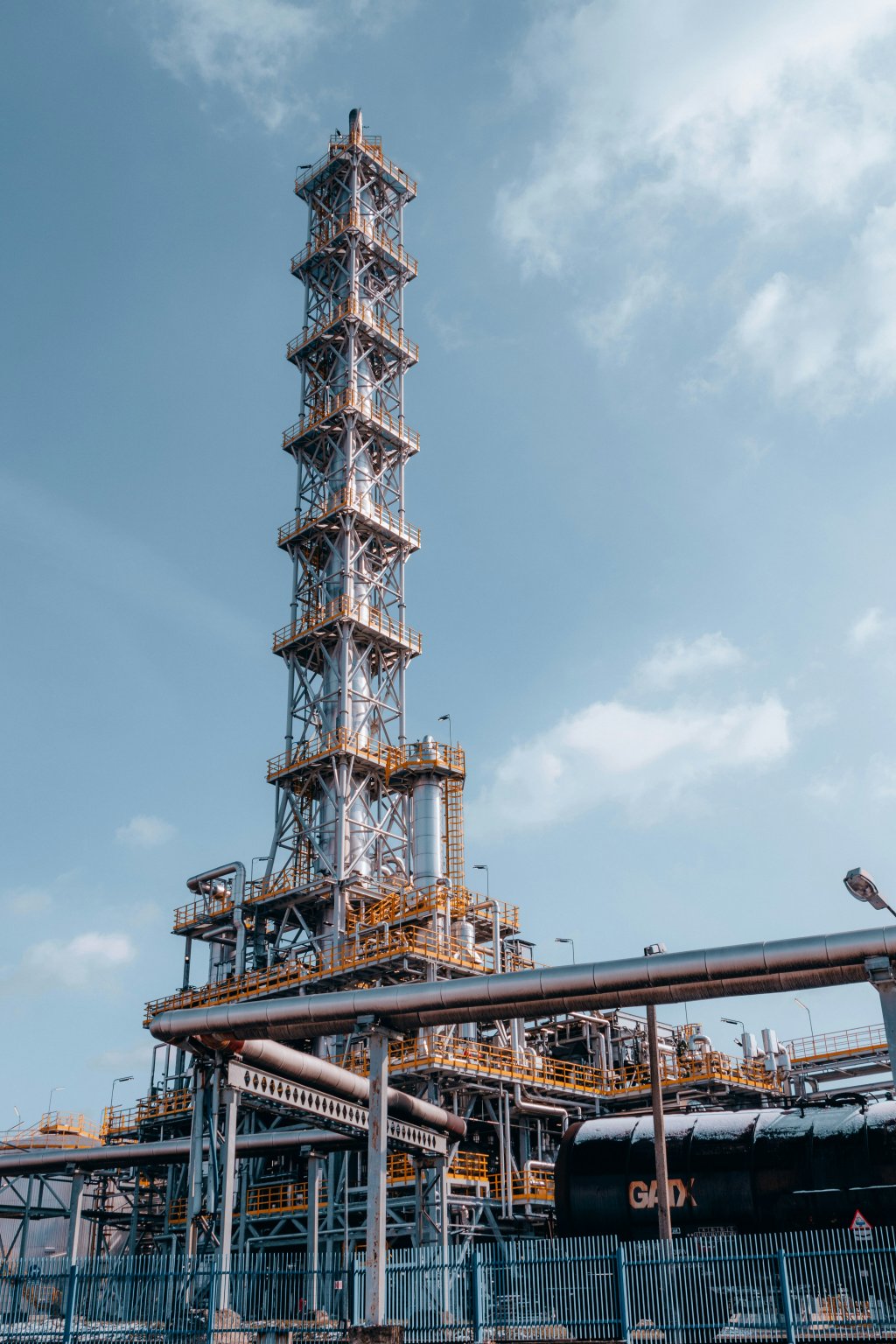Nikola Schmidt
April 20,2023
In this article, we will discuss the retrofitting of industrial silencers, including the reasons for retrofitting, the types of retrofitting, and the benefits of retrofitting.
Reasons for Retrofitting Industrial Silencers
There are several reasons why industrial silencers may need to be retrofitted. Some of these reasons include:
1. Changes in Operating Conditions: The operating conditions of industrial equipment may change over time due to changes in production processes, new machinery installations, or increased production demands. These changes can affect the performance of industrial silencers, requiring retrofitting to maintain their effectiveness.
2. Wear and Tear: Like any other industrial equipment, industrial silencers can experience wear and tear over time. This can result in reduced effectiveness or even failure of the silencer. Retrofitting can help to restore the performance of the silencer and extend its lifespan.
3. Compliance with Environmental Regulations: Many countries have strict regulations governing noise pollution from industrial facilities. Retrofitting industrial silencers can help to ensure compliance with these regulations and avoid penalties for non-compliance.
Types of Retrofitting
There are several types of retrofitting that can be done on industrial silencers. The choice of retrofitting method will depend on the specific requirements of the application. Some of the most common types of retrofitting include:
1. Acoustic Refurbishment: This involves replacing the acoustic material inside the silencer to improve its sound absorption and noise reduction capabilities. This is usually done when the existing acoustic material has deteriorated or is no longer effective.
2. Structural Upgrades: Structural upgrades involve reinforcing the internal structure of the silencer to improve its durability and resistance to vibration. This is often necessary when the silencer has been subject to wear and tear or when changes in operating conditions have increased the stress on the silencer.
3. Expansion and Redesign: Sometimes, the existing silencer may not be suitable for the new operating conditions or production demands. In such cases, expansion and redesign of the silencer may be necessary to improve its performance.
Benefits of Retrofitting Industrial Silencers
Retrofitting industrial silencers can provide several benefits to manufacturing and processing facilities. Some of the main benefits include:
1. Improved Noise Reduction: Retrofitting industrial silencers can improve their noise reduction capabilities, reducing the overall noise levels in the facility. This can create a safer and more comfortable working environment for employees and reduce the risk of hearing damage.
2. Compliance with Regulations: Retrofitting can help facilities to comply with environmental regulations governing noise pollution. This can help to avoid penalties and maintain the facility's reputation as a responsible and compliant business.
3. Increased Lifespan: Retrofitting can extend the lifespan of industrial silencers by improving their durability and resistance to wear and tear. This can reduce the need for frequent replacements and save on maintenance costs.
Conclusion
Retrofitting industrial silencers is an effective way to improve their performance, reduce noise pollution, and comply with environmental regulations. There are several types of retrofitting that can be done on industrial silencers, including acoustic refurbishment, structural upgrades, and expansion and redesign. The choice of retrofitting method will depend on the specific requirements of the application. Retrofitting industrial silencers can provide several benefits, including improved noise reduction, compliance with regulations, and increased lifespan.
Read: Burgess Manning Silencers by MEDAS GmbH
Contact us now to schedule a site visit and explore effective and competitive ways in which you can easily replace and upgrade your existing silencer.


